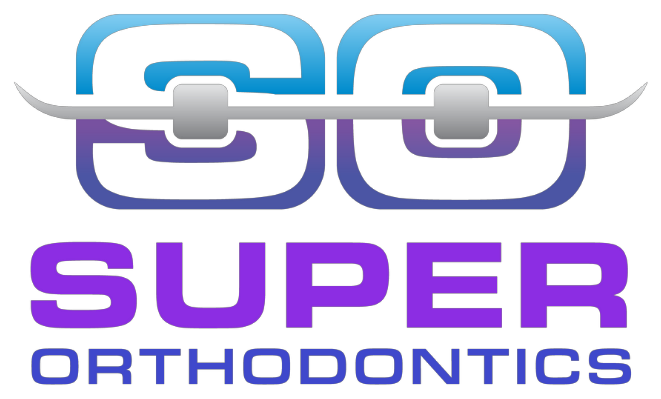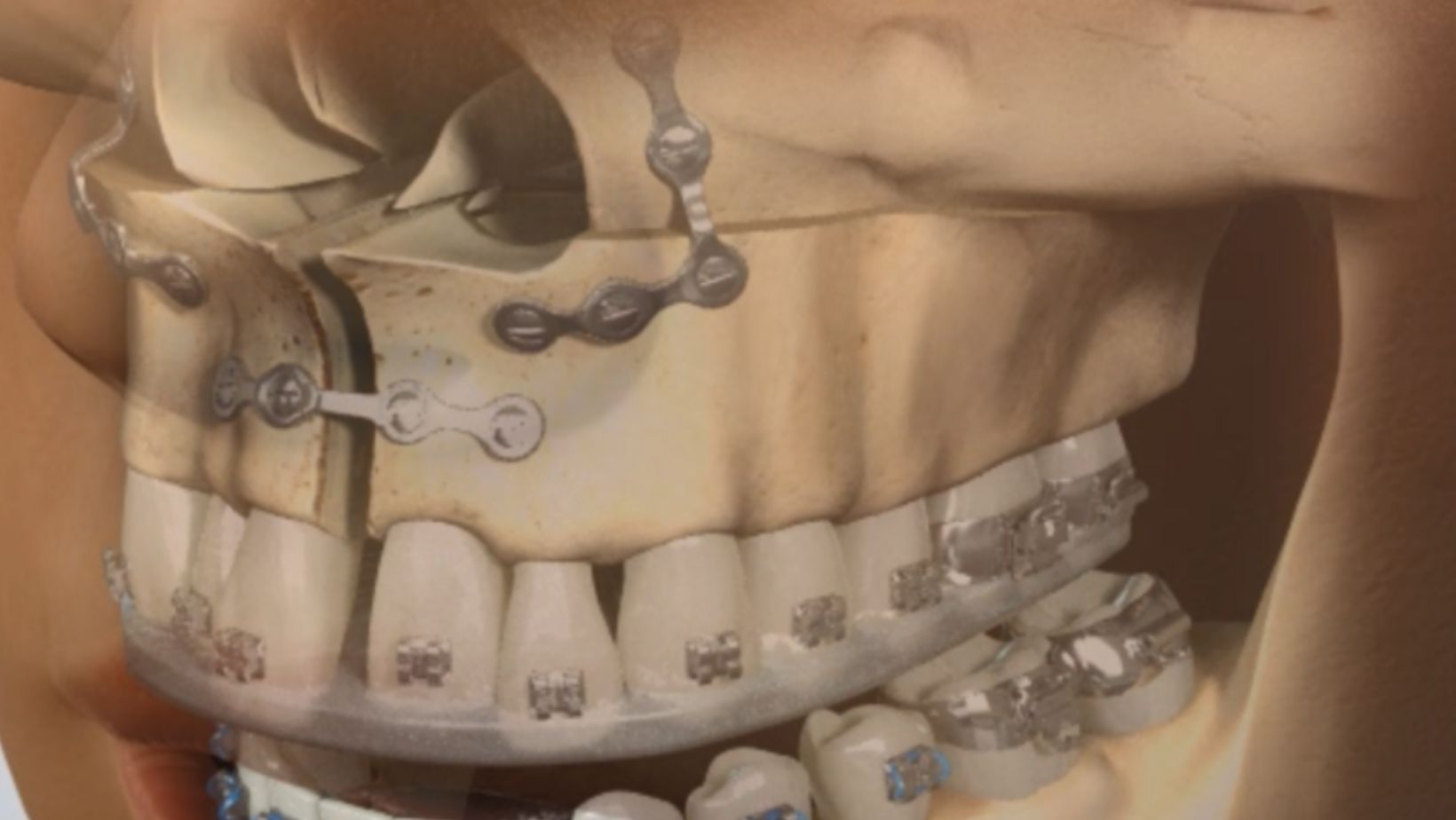Orthodontic treatment is often associated with braces and aligners, which primarily aim to correct misaligned teeth and achieve a harmonious smile. However, some orthodontic cases are more complex, involving issues with jaw alignment and facial structure. In such situations, traditional orthodontic treatments alone may not suffice. This is where surgical orthodontics, also known as orthognathic surgery, comes into play. In this article, we will explore the world of surgical orthodontics, its significance, the conditions it can address, and how it can transform the lives of patients with complex dental and facial issues.
Understanding Surgical Orthodontics
Surgical orthodontics, or orthognathic surgery, is a specialized branch of dentistry that combines orthodontics with oral and maxillofacial surgery to correct significant jaw and facial discrepancies. It is used to treat cases where the misalignment of the jaws, teeth, and facial bones is so severe that conventional orthodontic treatments alone cannot deliver optimal results. Surgical orthodontics involves a coordinated effort between an orthodontist and an oral and maxillofacial surgeon to plan and execute a comprehensive treatment plan.
When Is Surgical Orthodontics Necessary?
Surgical orthodontics is typically recommended for patients with the following conditions:
- Severe Overbite or Underbite: When the upper and lower jaws do not align correctly, it can result in a severe overbite (protruding upper jaw) or underbite (protruding lower jaw), causing functional and aesthetic issues.
- Facial Asymmetry: Patients with facial asymmetry, such as a visibly uneven jawline or chin, can benefit from surgical orthodontics to improve both the appearance and function of the face.
- Open Bite: An open bite occurs when the upper and lower teeth do not meet when the mouth is closed. Surgical orthodontics can correct this condition by repositioning the jaws.
- Breathing and Speech Difficulties, Sleep Apnea: Severe jaw misalignments can impact a person’s ability to breathe properly and even affect their speech. Surgical orthodontics can address these issues and improve overall quality of life.
- Impact on Oral Health: Correcting severe dental and facial discrepancies can also help maintain long-term oral health, reducing the risk of issues like gum disease, tooth decay, and temporomandibular joint (TMJ) disorders.
The Surgical Orthodontic Process
The journey of surgical orthodontics typically involves the following steps:
- Consultation and Diagnosis: The process begins with a thorough evaluation by both an orthodontist and an oral and maxillofacial surgeon. X-rays, photographs, and 3D imaging are often used to assess the extent of the problem and plan the treatment. The plan often involves correcting the jaws by the Oral Surgeon (skeletal problem) and the bite by the Orthodontist (dental problem).
- Orthodontic Preparation: Prior to surgery, the patient may undergo orthodontic treatment to align the teeth as closely as possible. This phase usually lasts several months based on the severity of the case.
- Surgical Procedure: The surgery is performed in a hospital or surgical center under general anesthesia. The surgeon makes carefully planned incisions in the jawbone, repositions the bones, and secures them in place with plates, screws, or wires.
- Post-Surgery Orthodontics: Now that the jaws are in the right position, following the surgical procedure, orthodontic treatment continues to fine-tune the bite and alignment.
Benefits of Surgical Orthodontics
Surgical orthodontics offers a range of significant benefits:
- Improved Aesthetics: It can greatly enhance a patient’s facial appearance and self-confidence by correcting facial asymmetry and jaw misalignments.
- Enhanced Function: Surgical orthodontics not only improves aesthetics but also helps restore proper jaw function, including biting, chewing, and speaking.
- Long-Term Health: It can prevent or mitigate the risk of dental and oral health issues associated with jaw misalignments, which can impact overall health and quality of life.
- Customized Solutions: Each surgical orthodontic treatment plan is tailored to the individual patient’s unique needs, ensuring precise results.
Conclusion
Surgical orthodontics, or orthognathic surgery, is a transformative solution for patients with complex dental and facial issues. It offers the opportunity to not only correct severe jaw and facial discrepancies but also to enhance aesthetics, functionality, and long-term oral health. If you are facing significant orthodontic challenges, consult with our board certified orthodontist to explore how surgical orthodontics can help you achieve a life-changing transformation.

